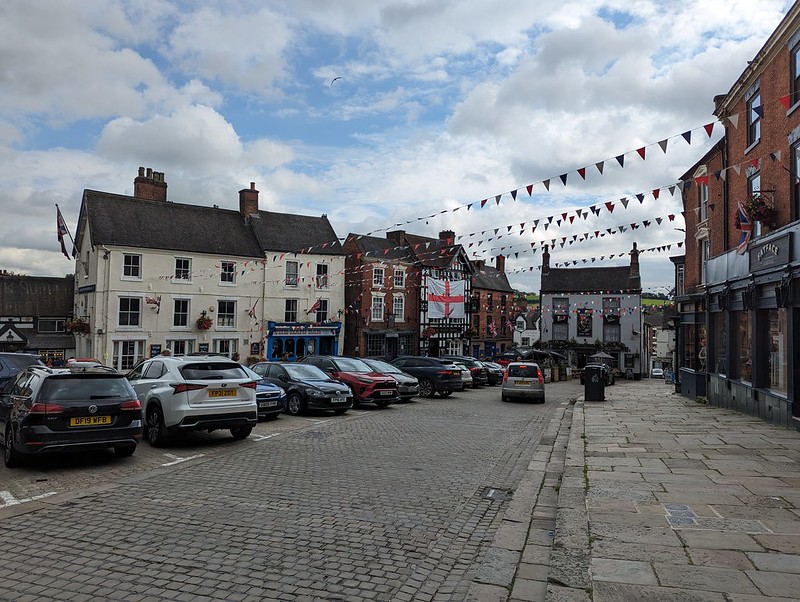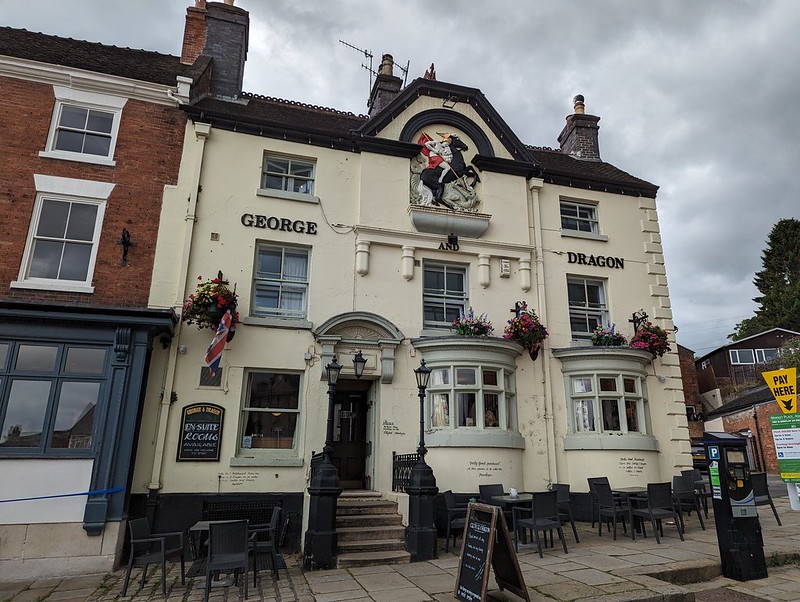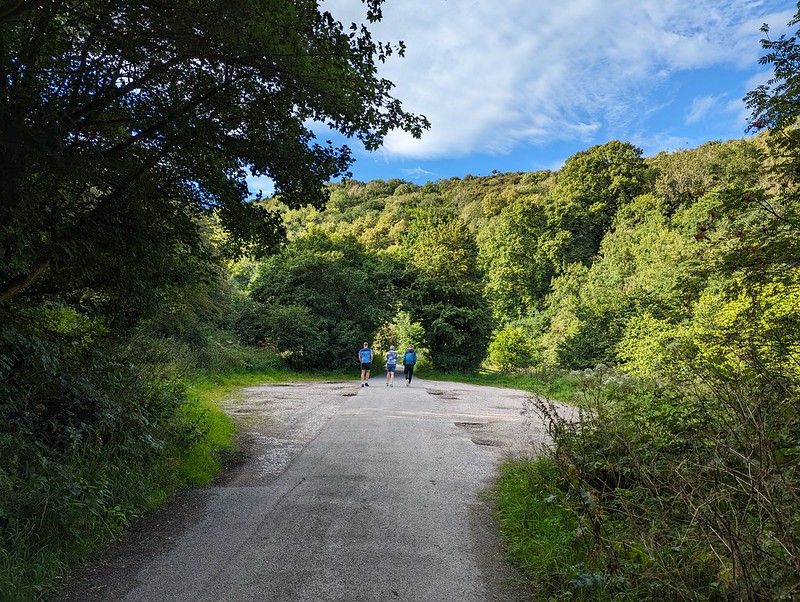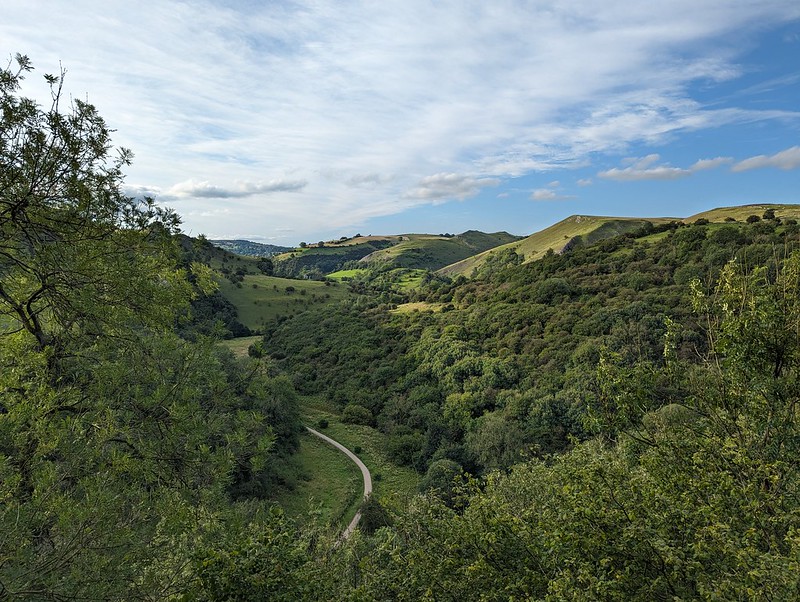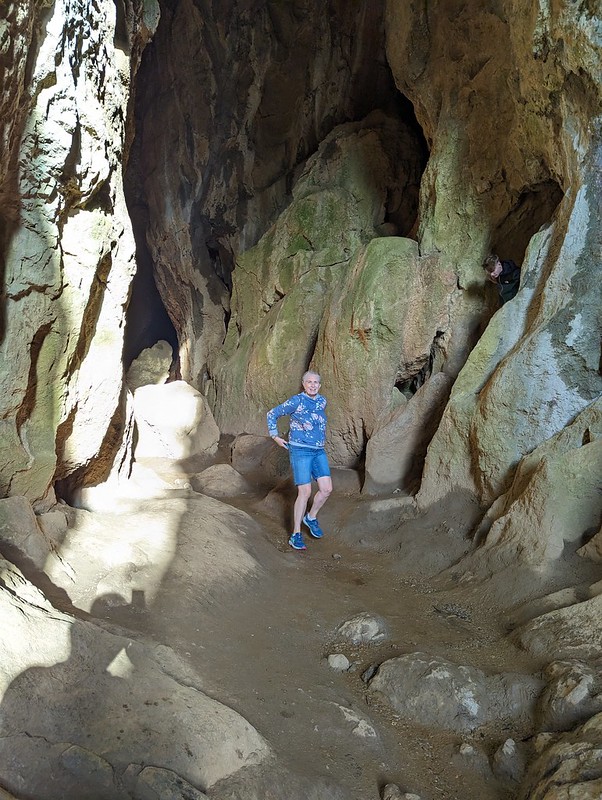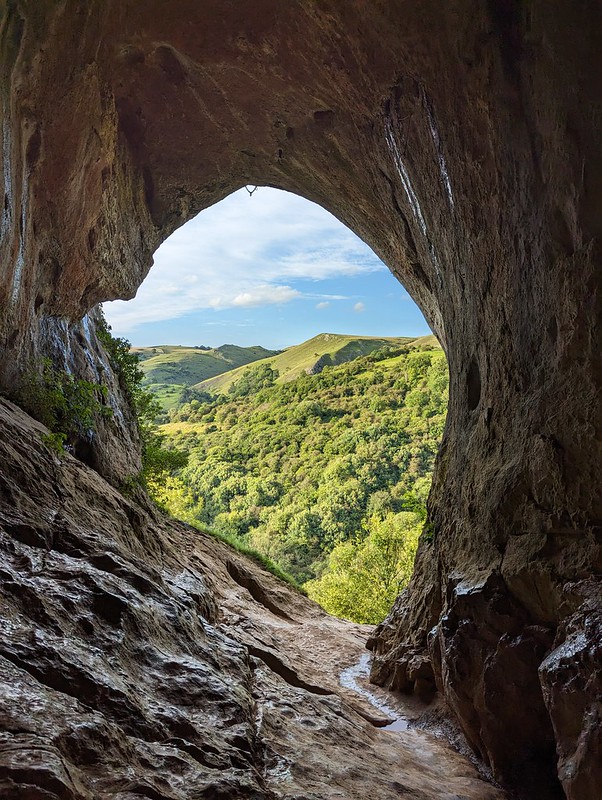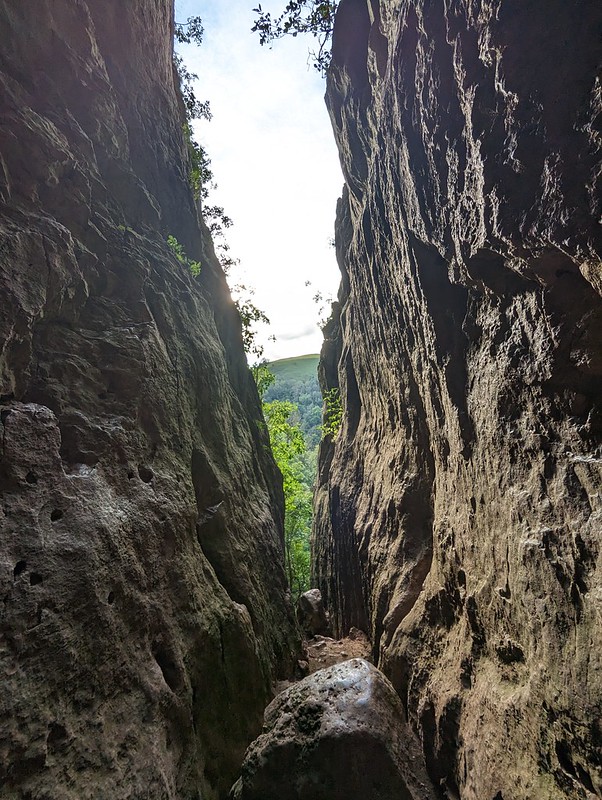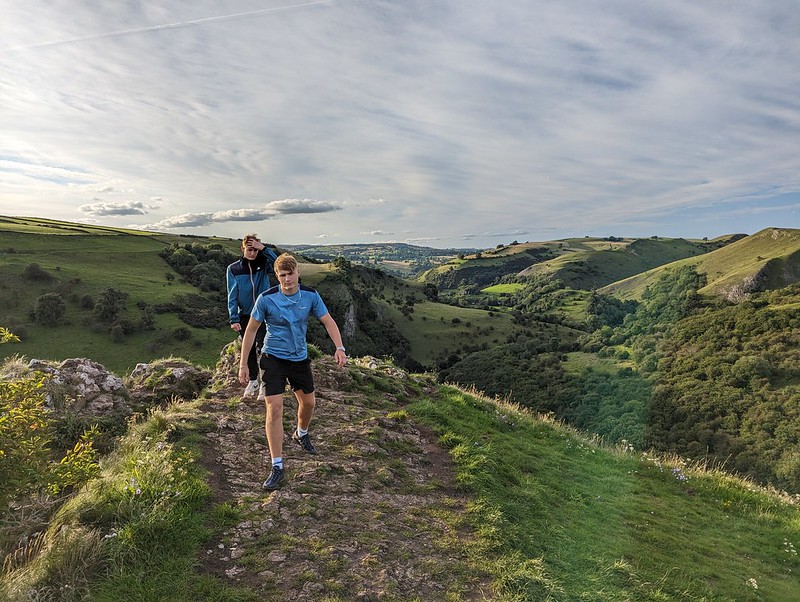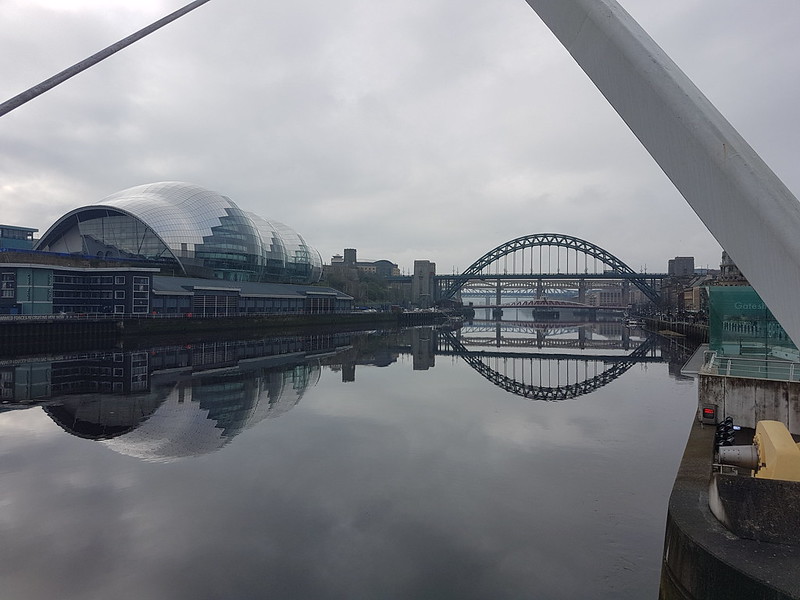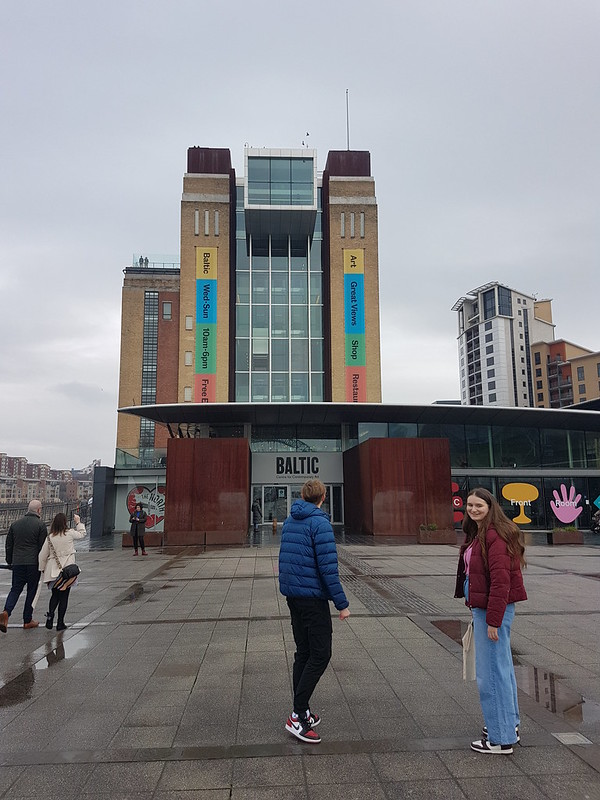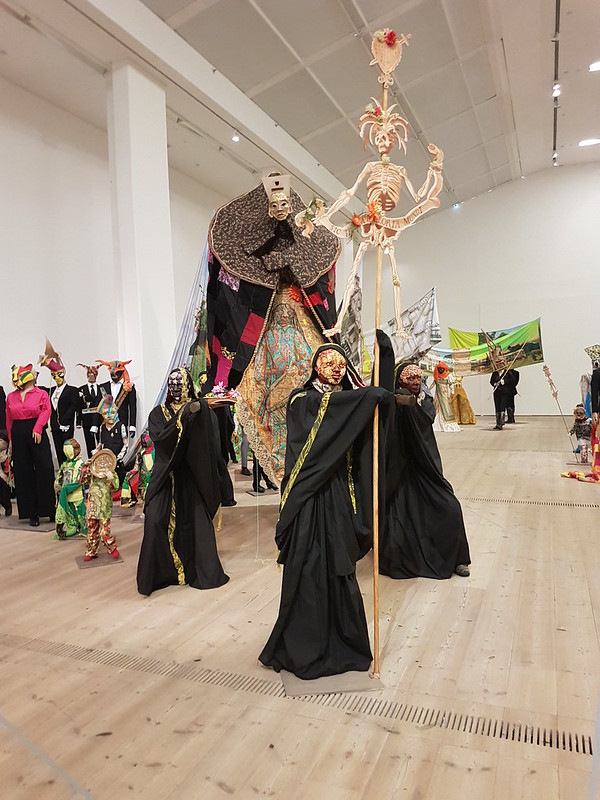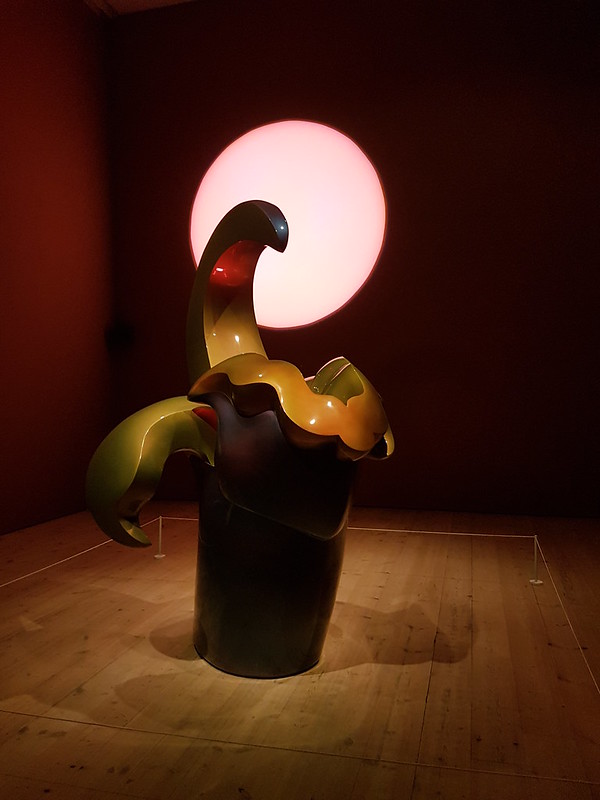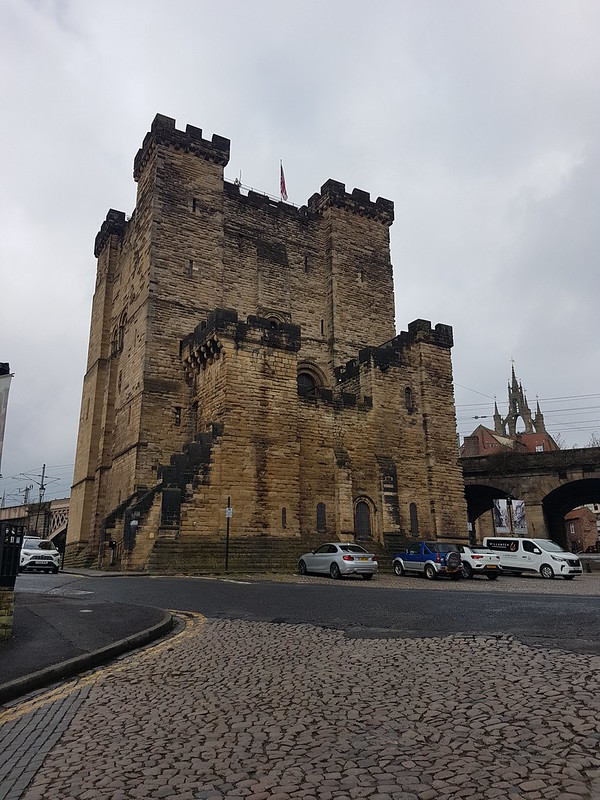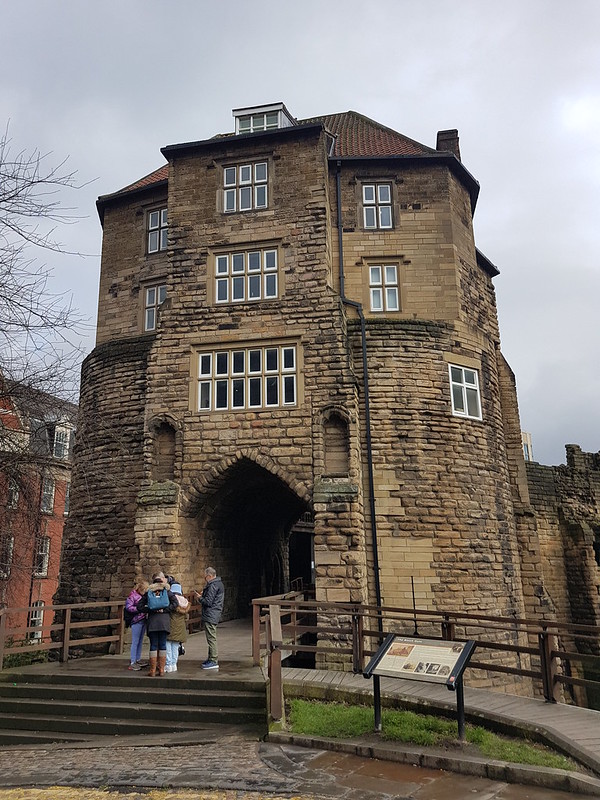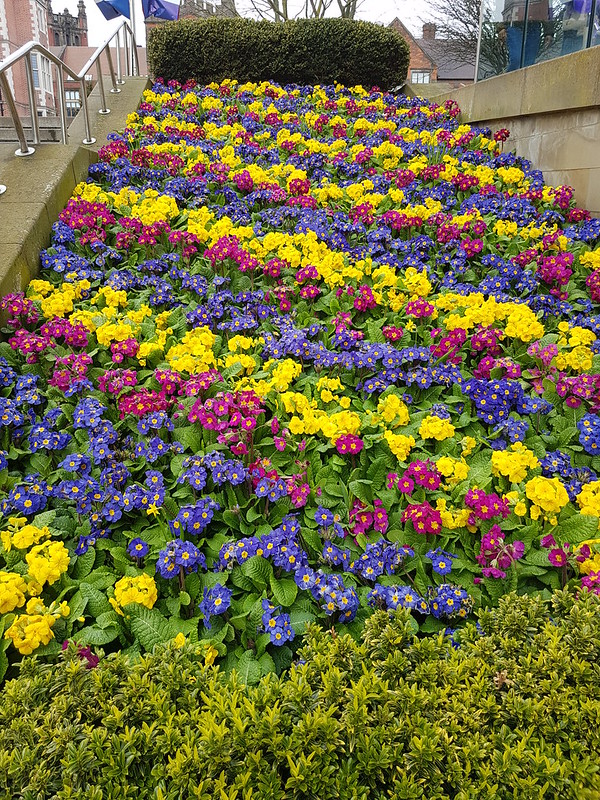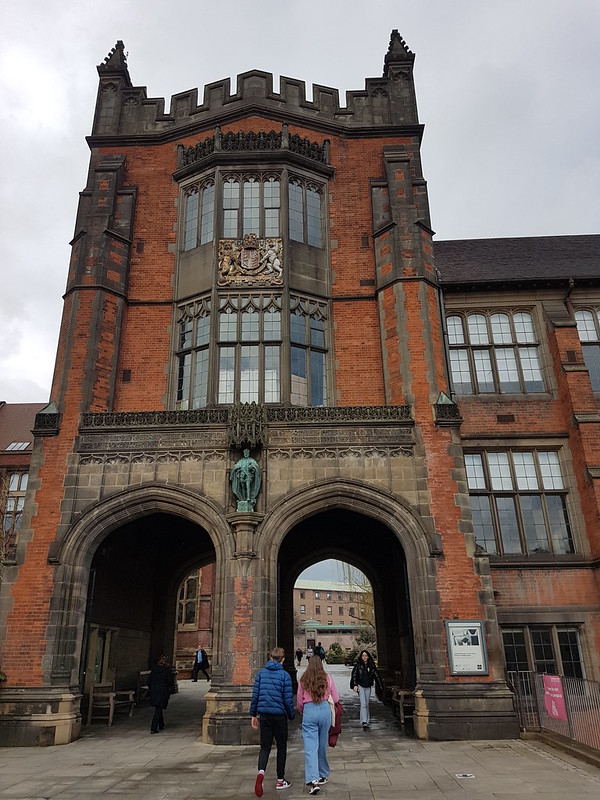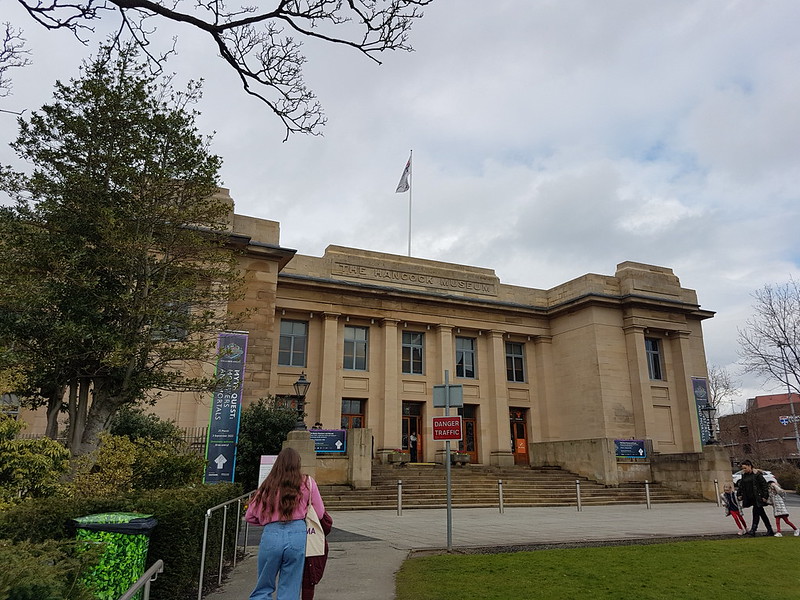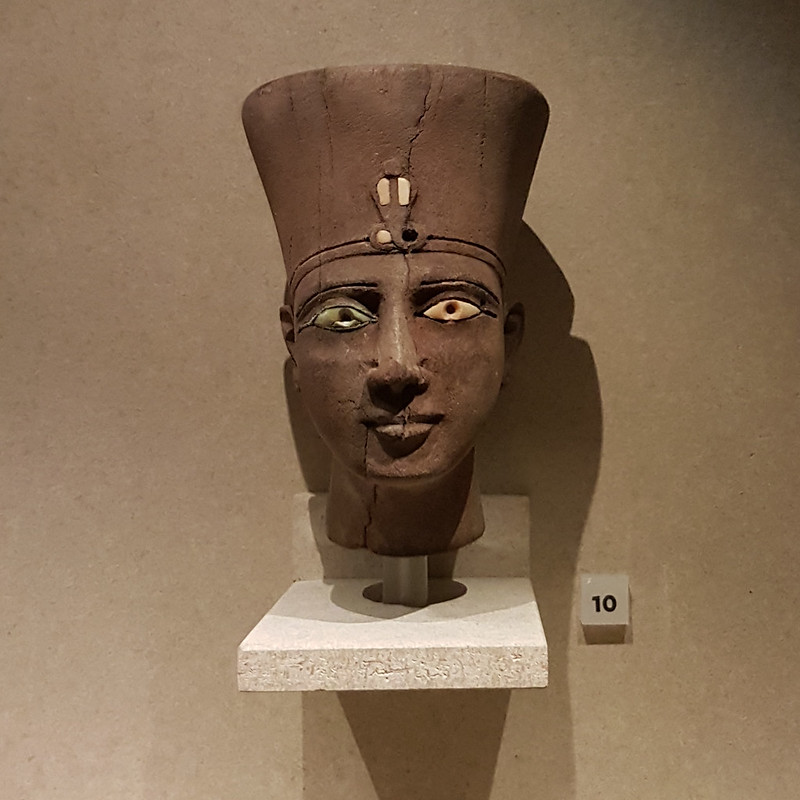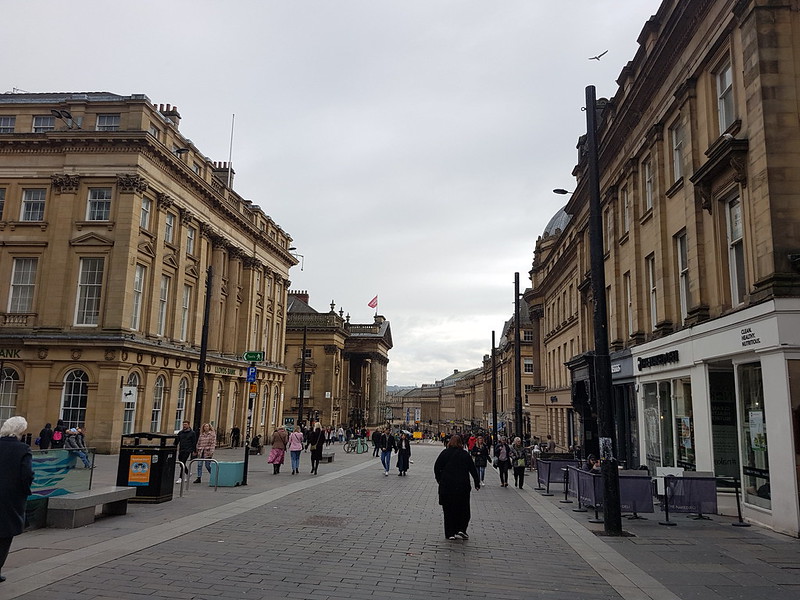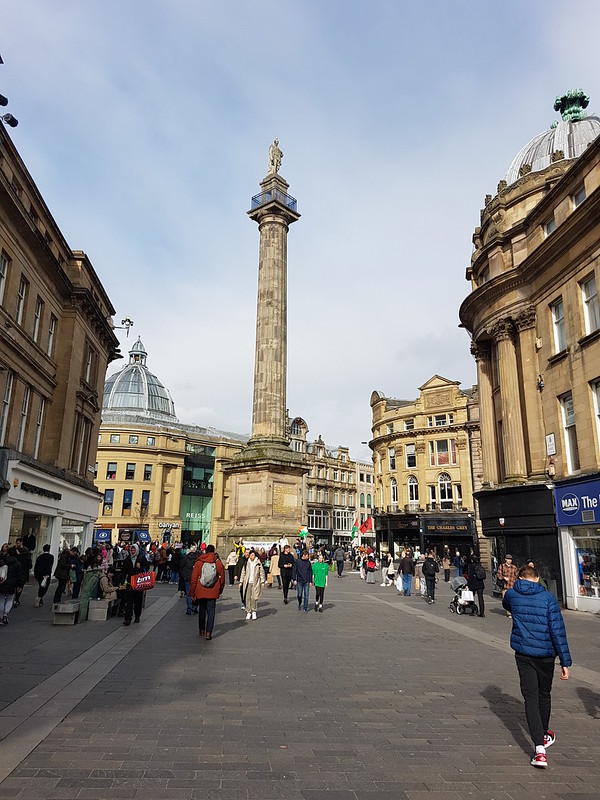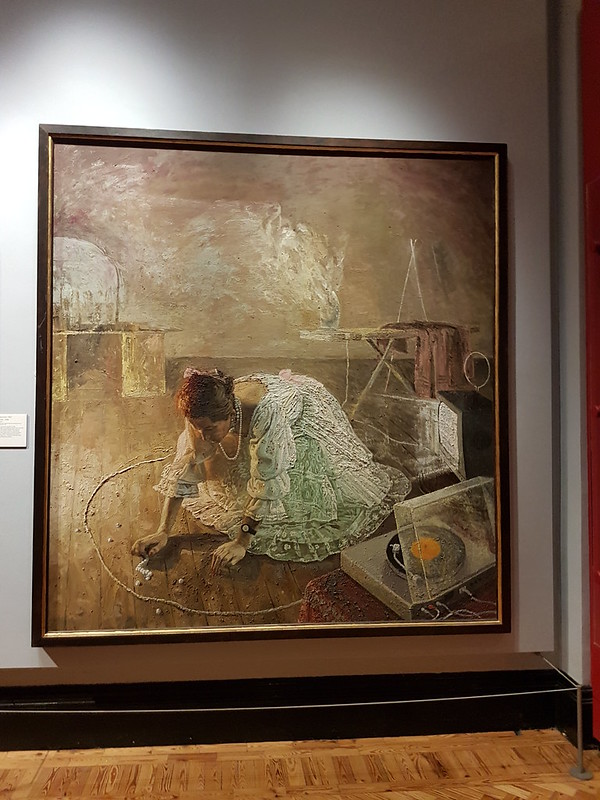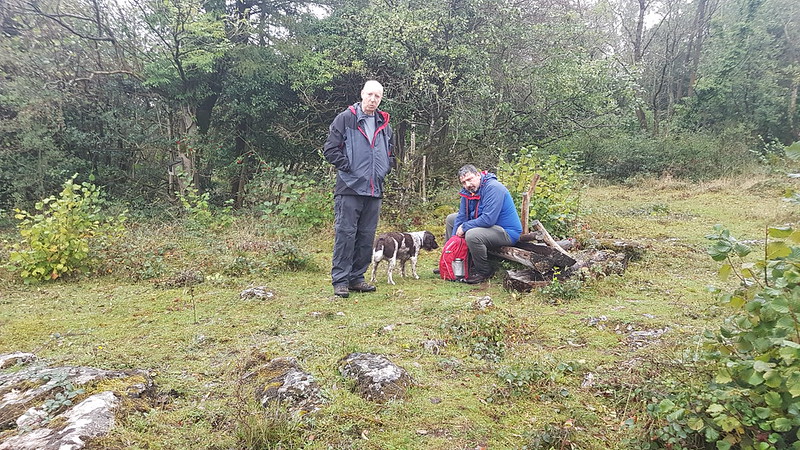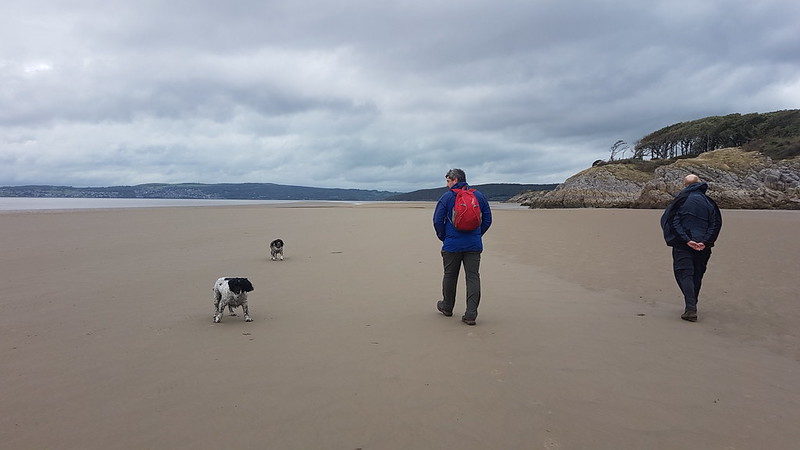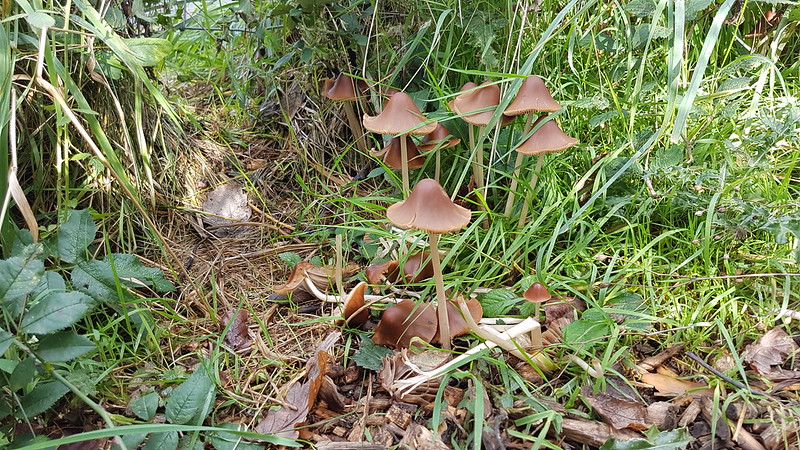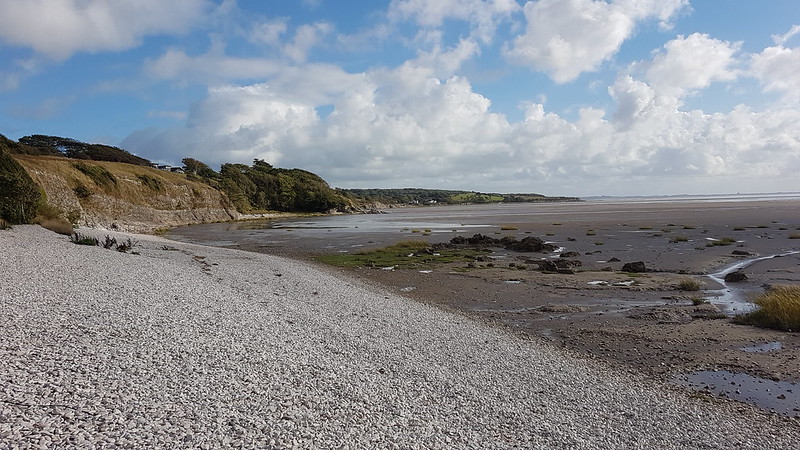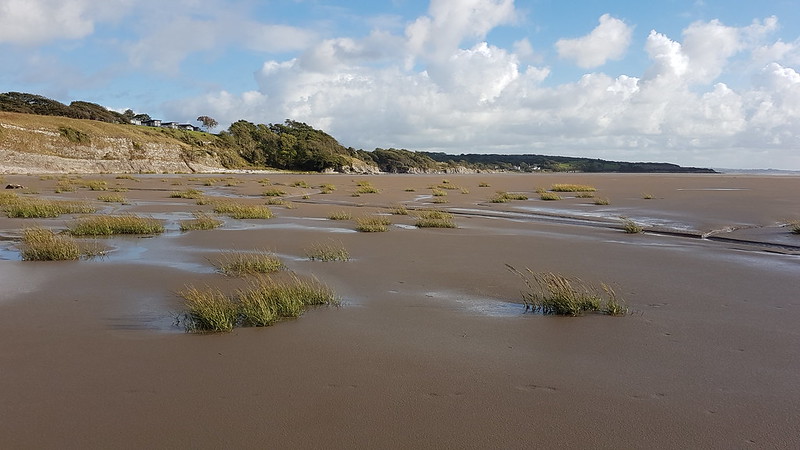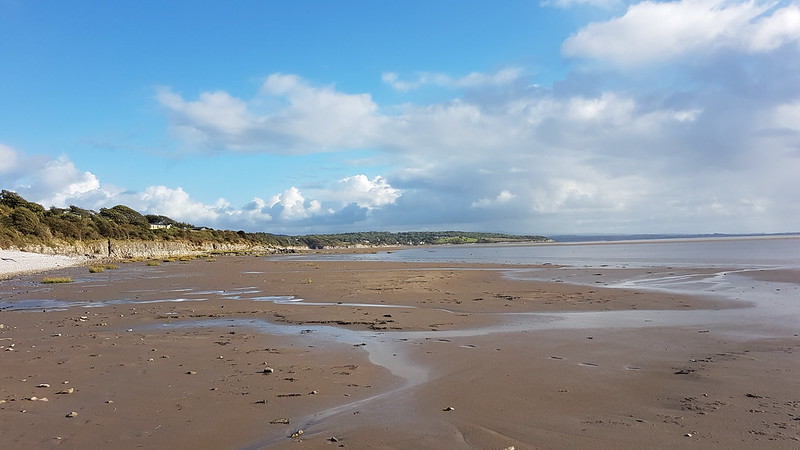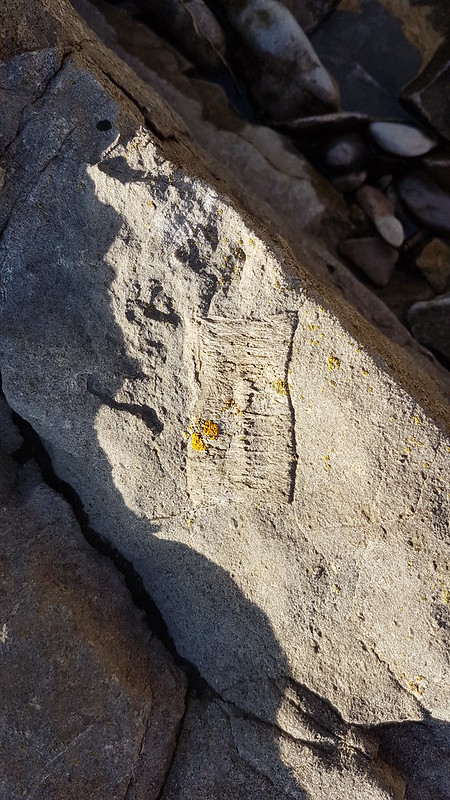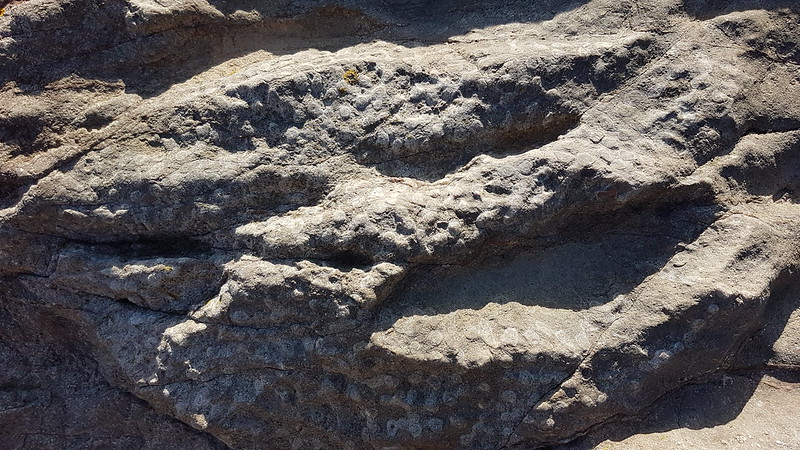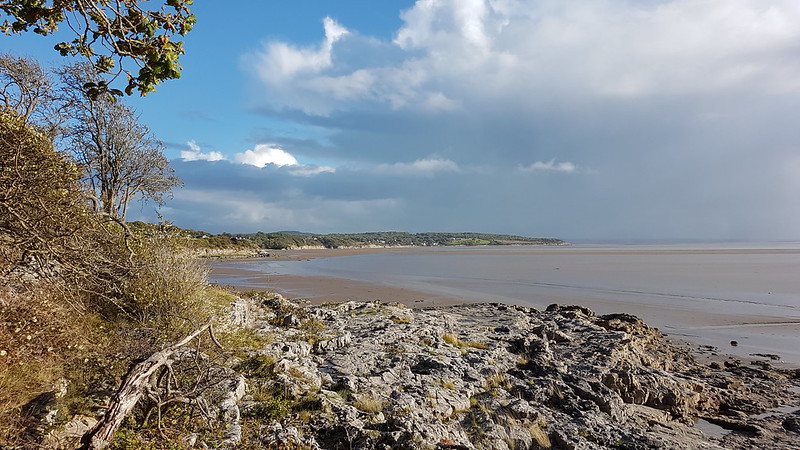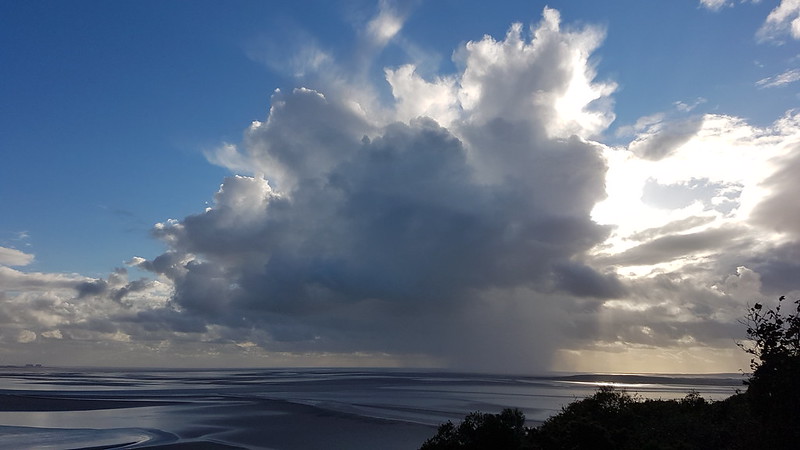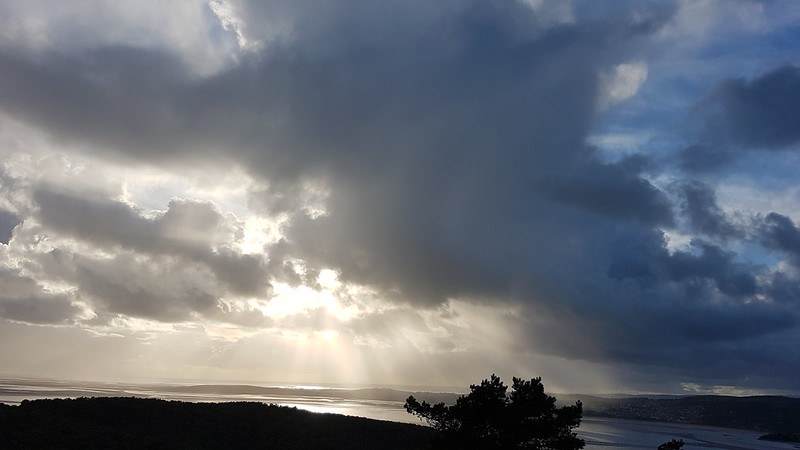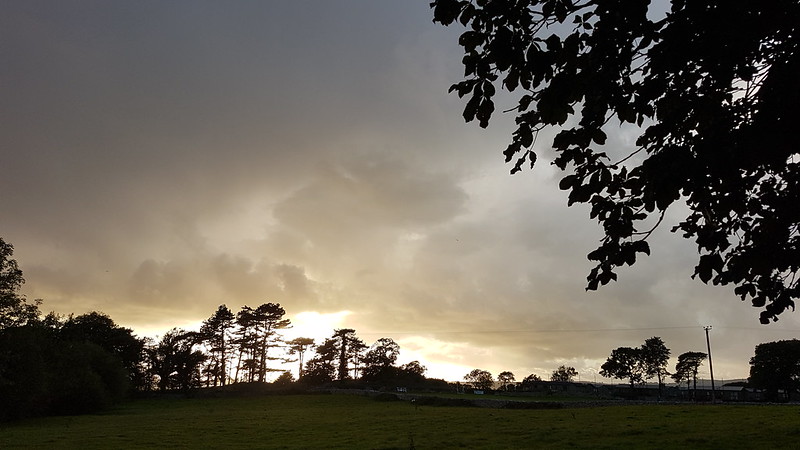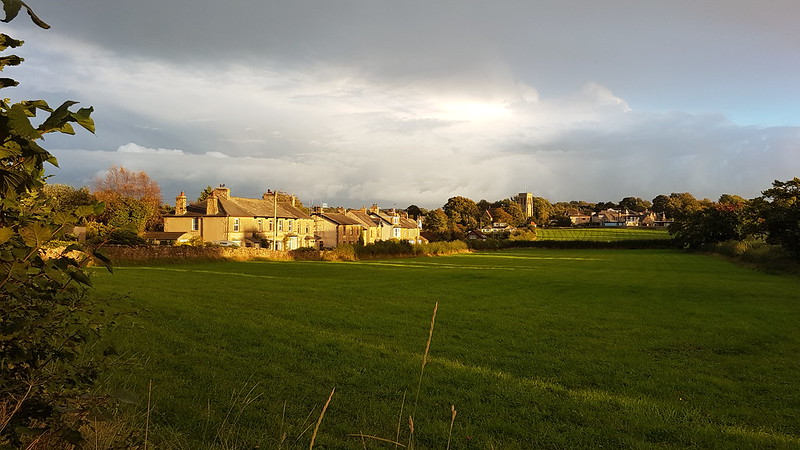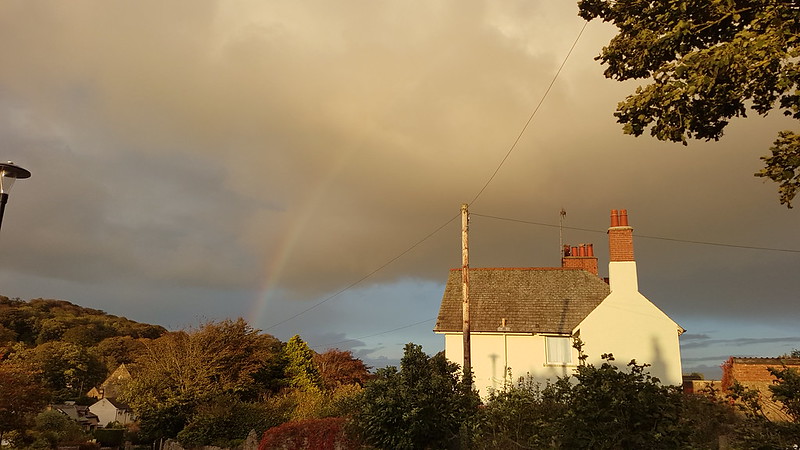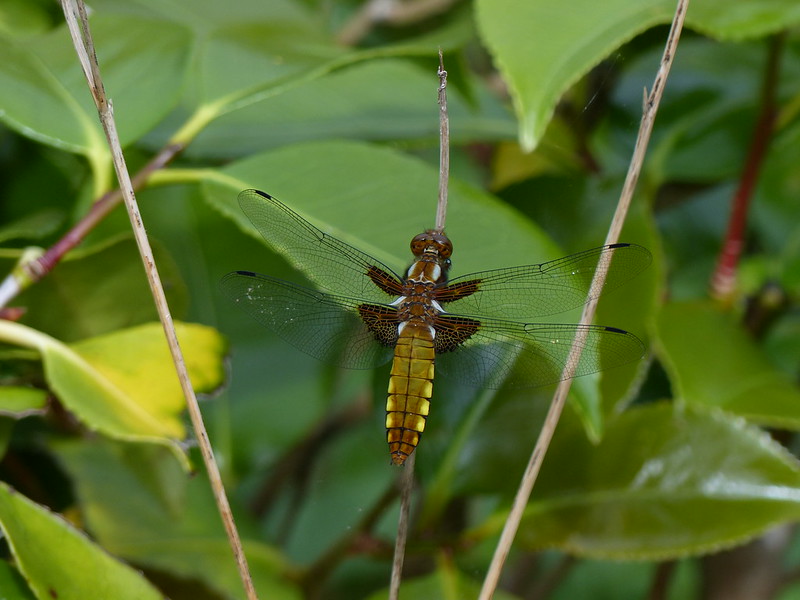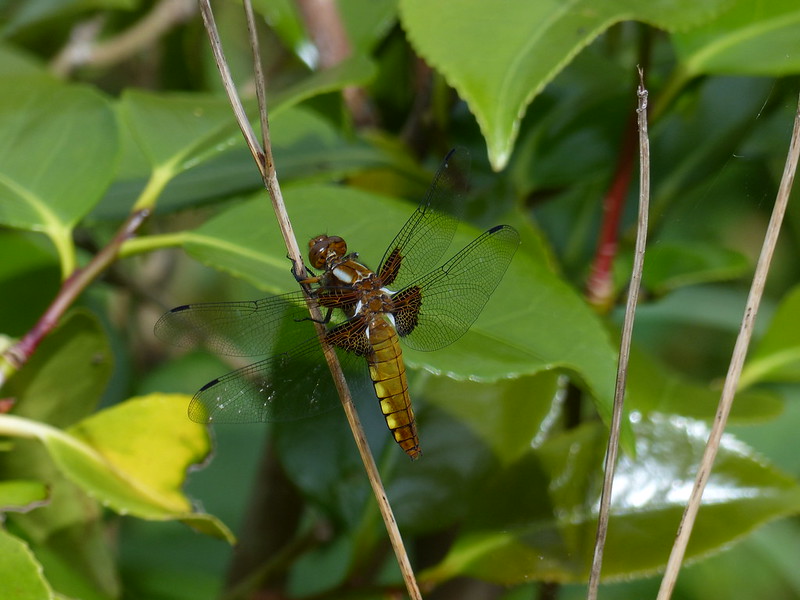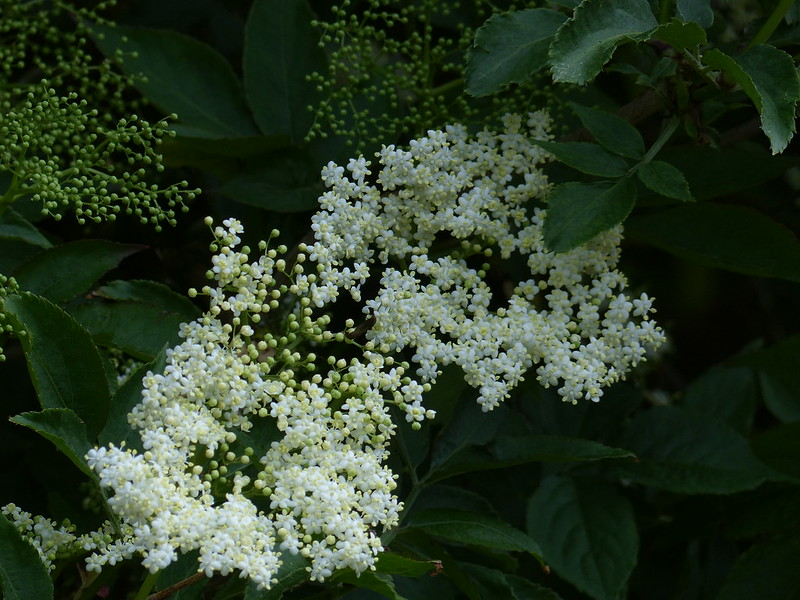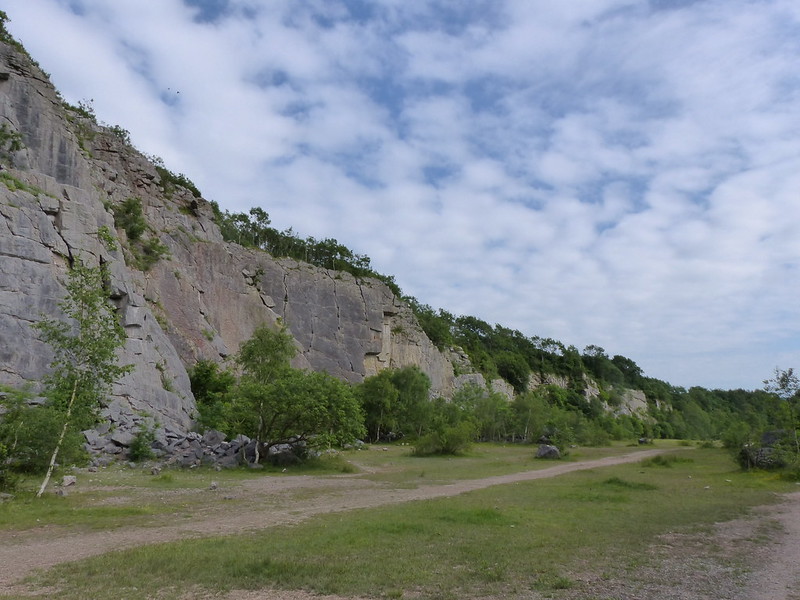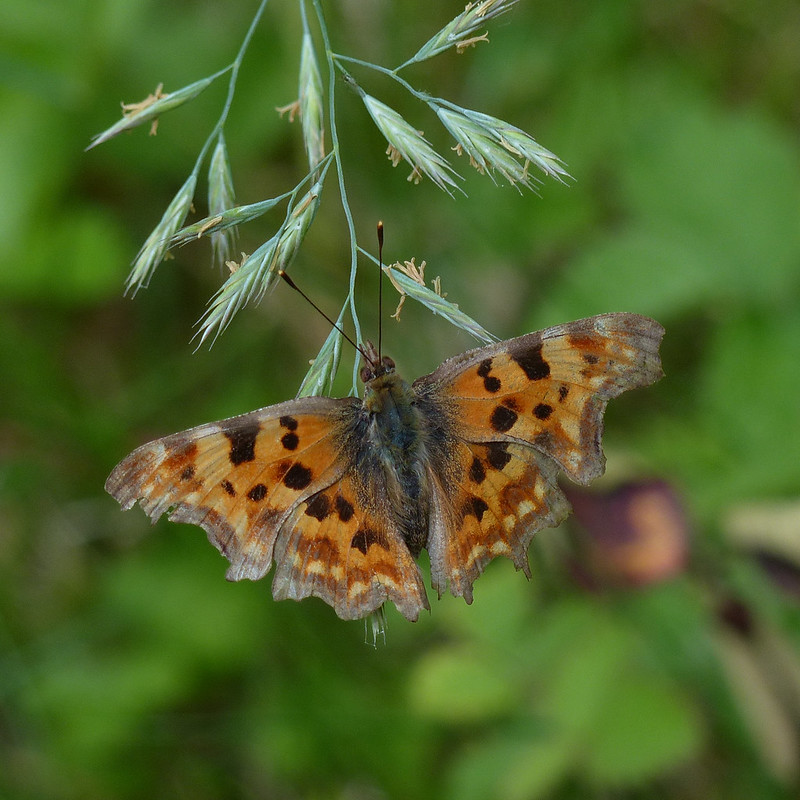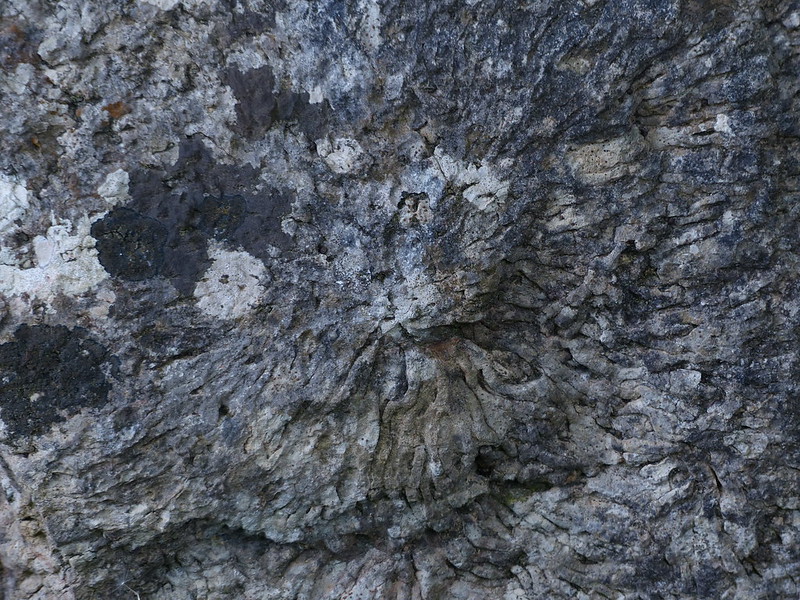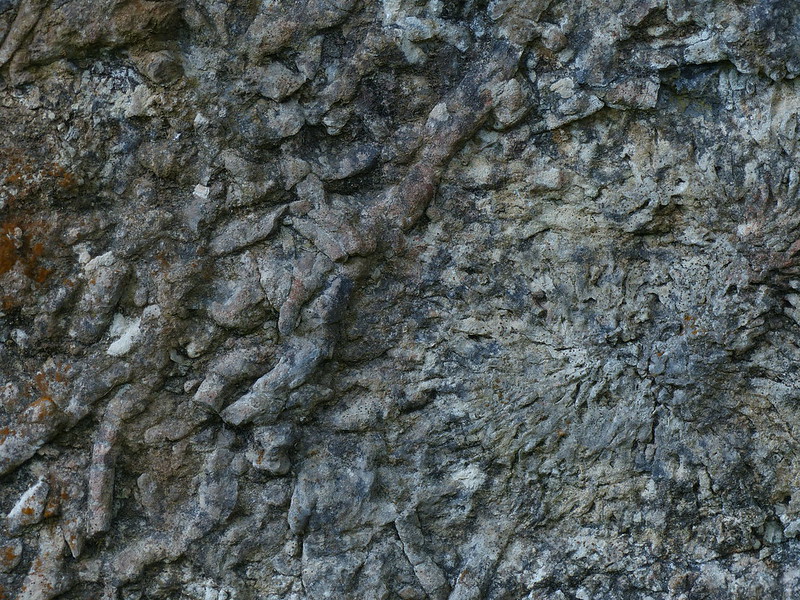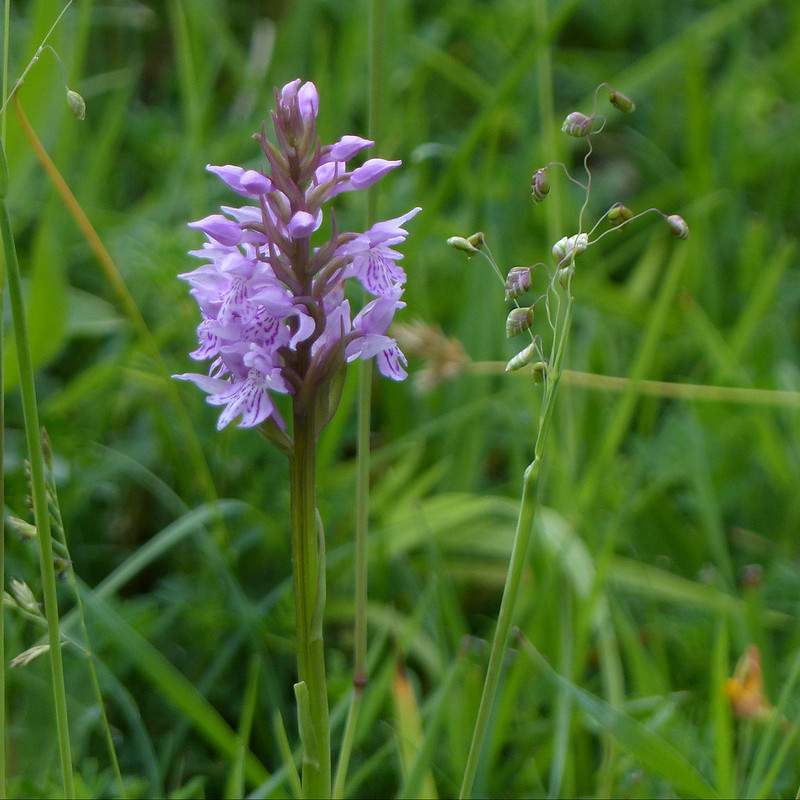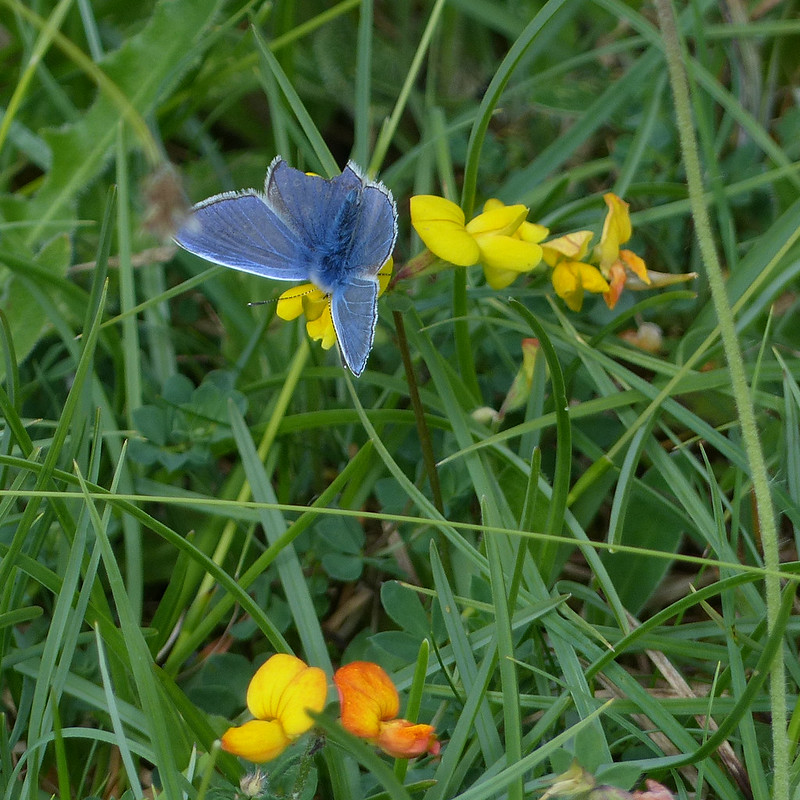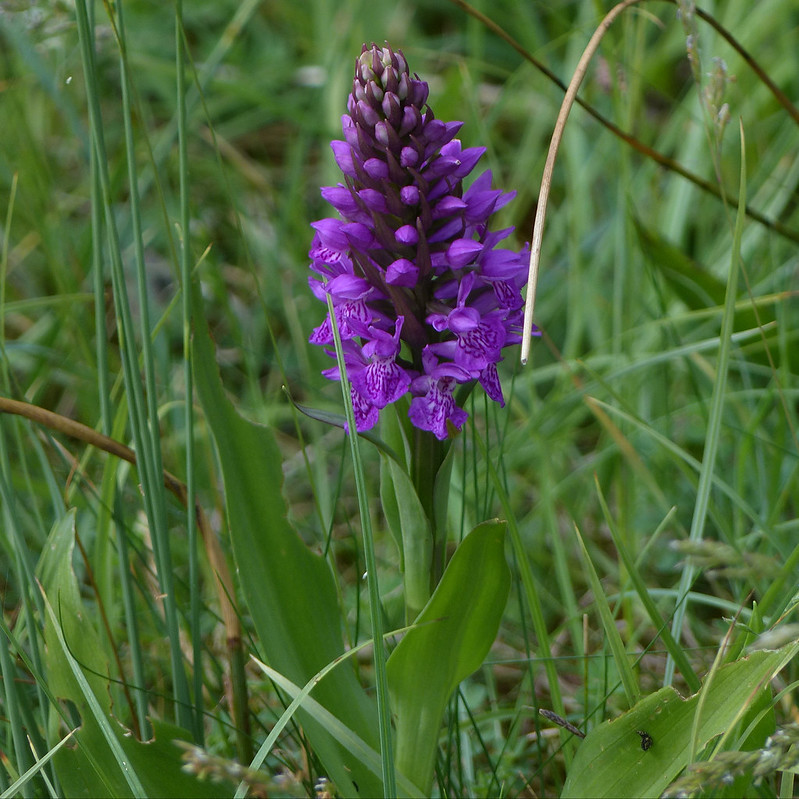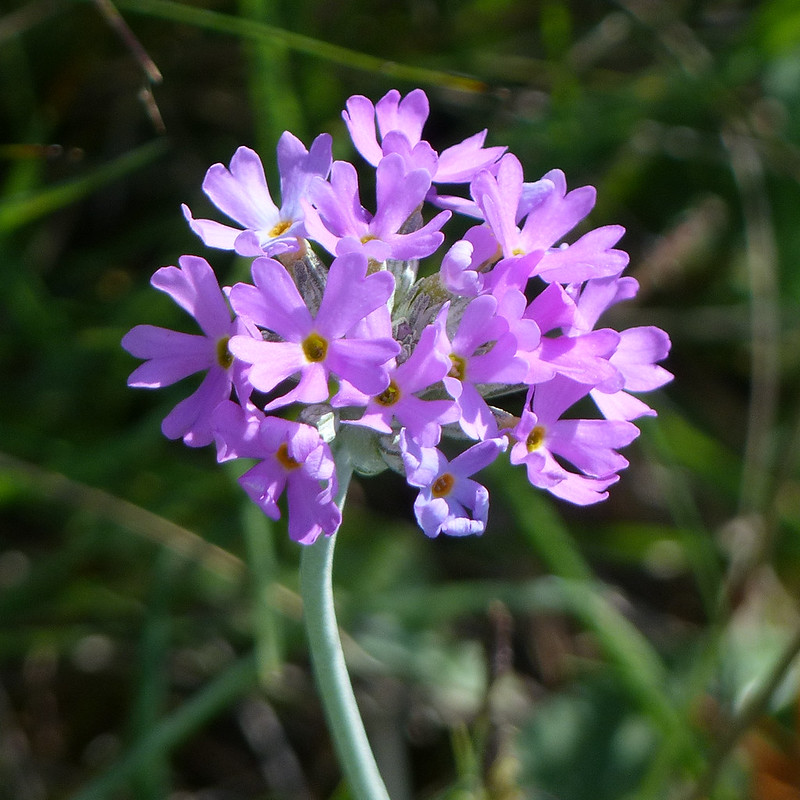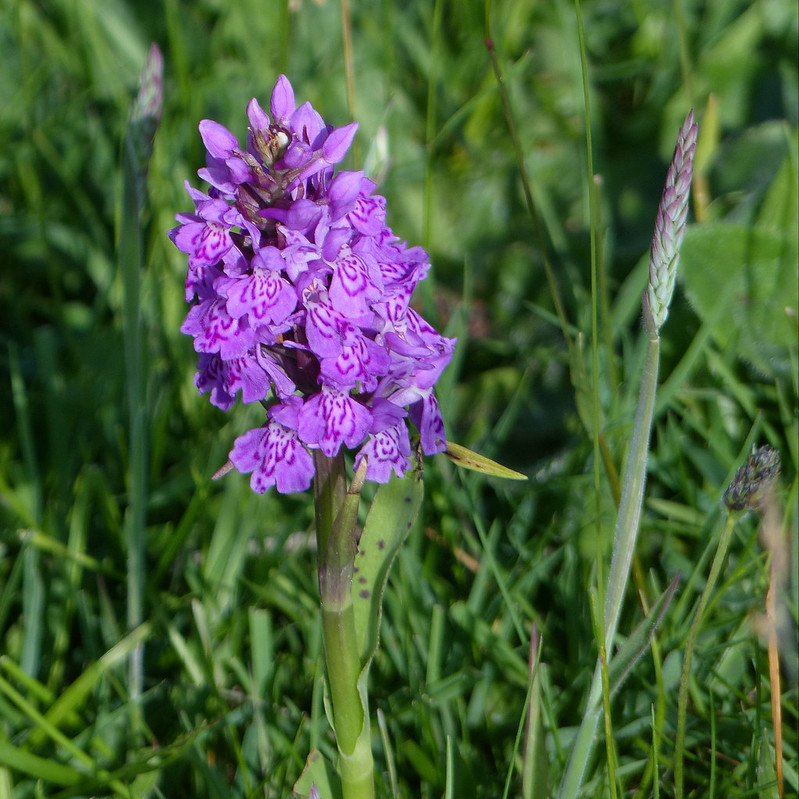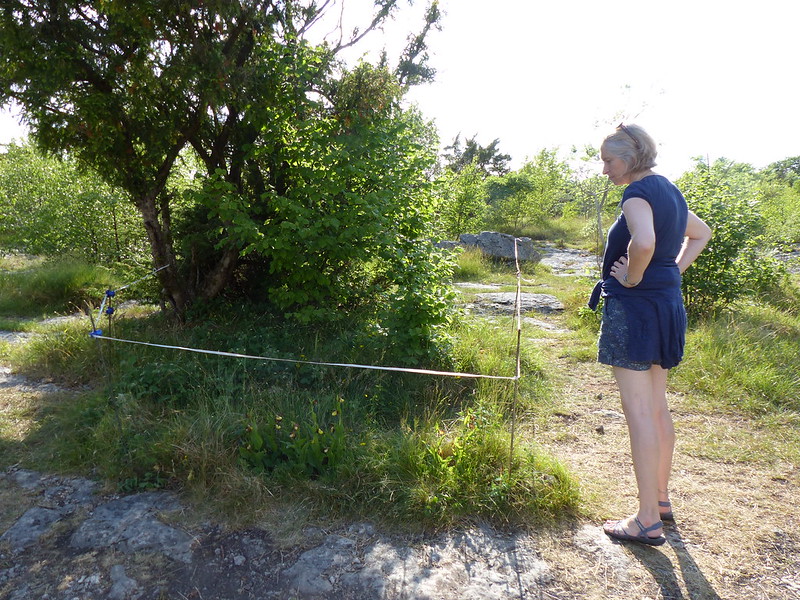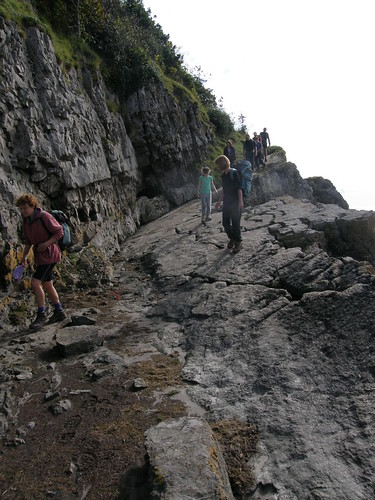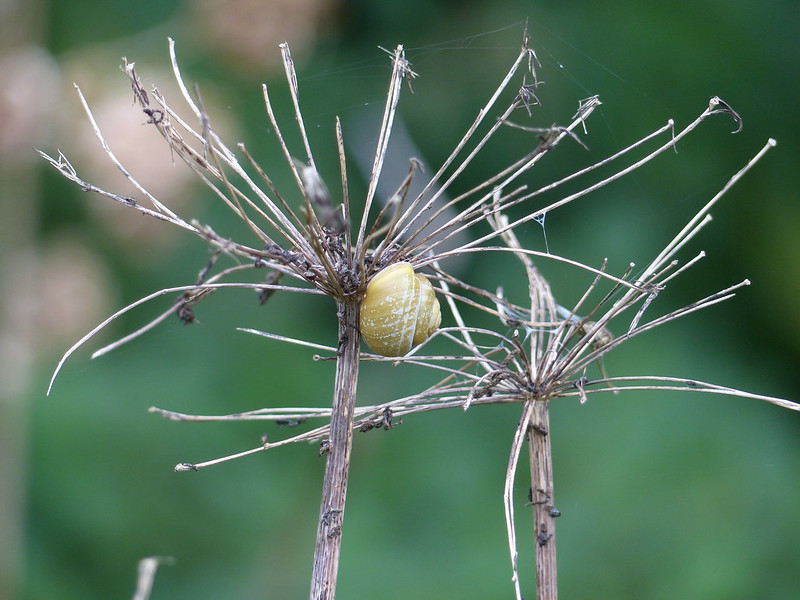
A post to deal with mid-September last year.
On a dull Sunday, after a walk around Jenny Brown’s Point with TBH, I went to Lambert’s Meadow and took a few photos of spiders and a lot of photos of snails. Do snails breed in September? I don’t think I’ve ever seen so many in one visit.
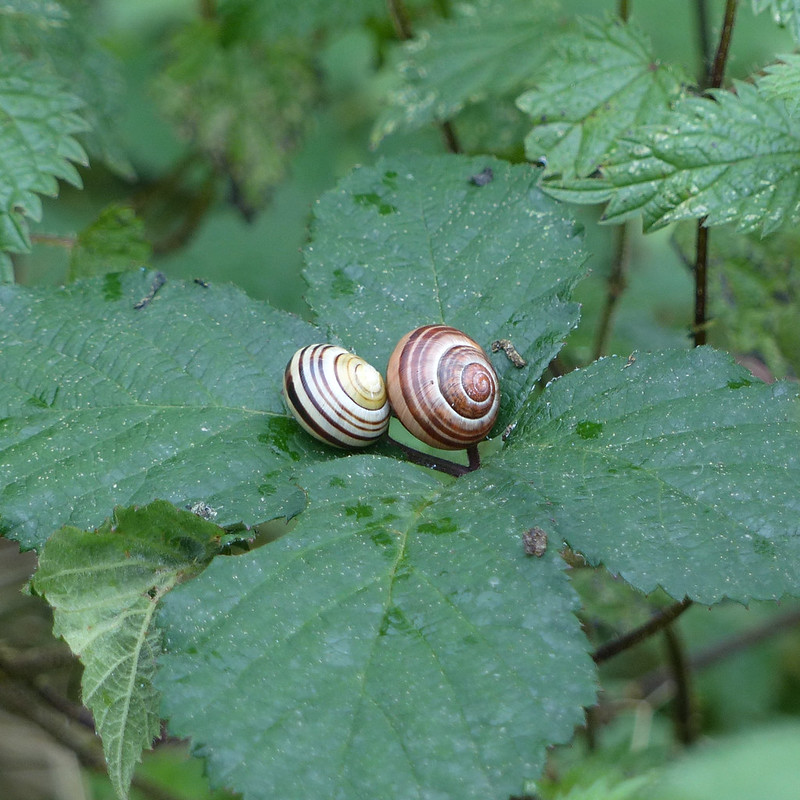
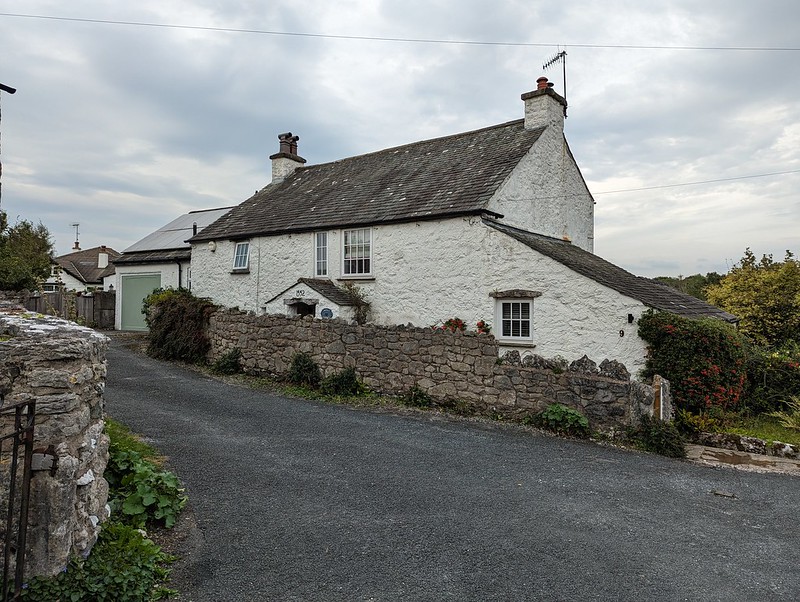
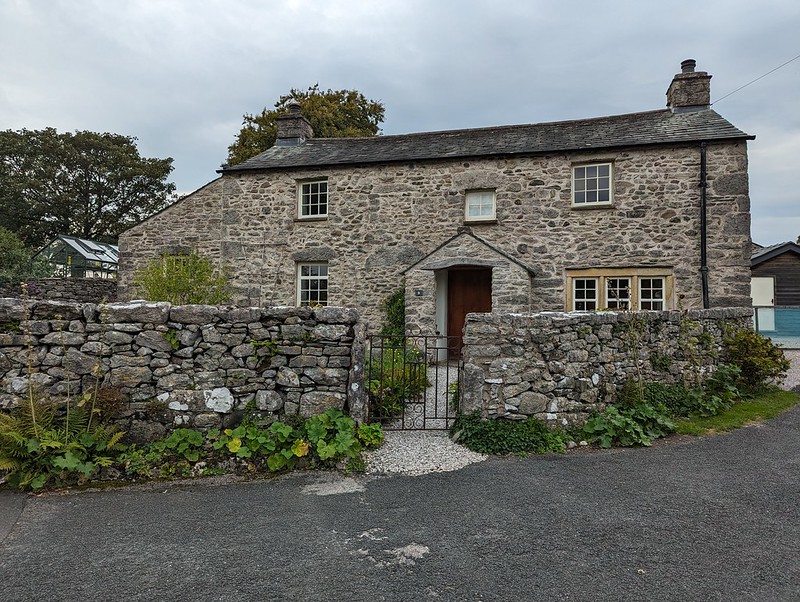
On the following weekend, the second Morecambe Poetry festival took place at the Winter Gardens. This time TBH joined me and we went to see the headline poets on both the Friday and Saturday nights; first Brian Bilston and Henry Normal, then Jackie Kay and Carol Ann Duffy. Fabulous.
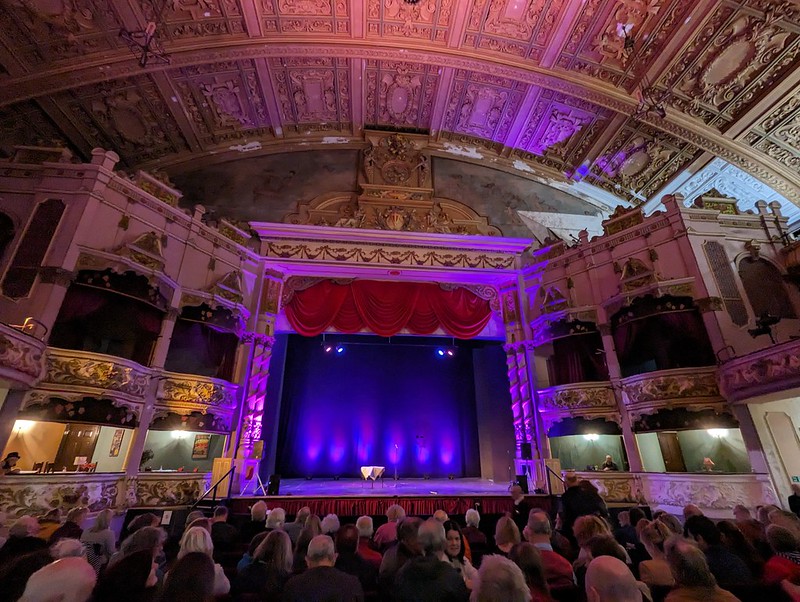
The line up for this year’s festival looks every bit as enticing, hopefully TBH will join me again.

I saw Lemn Sissay at the first festival and years ago when I lived in Manchester and likewise, I saw Mike Harding live several times, but not for a very long time. This time, two BBC programmes – Loose Ends and The Verb – will be broadcast live from the festival. Things are on the up and up, both for Morecambe and for the Winter Gardens.
On the Sunday of that weekend, TBH had a mission to perform.
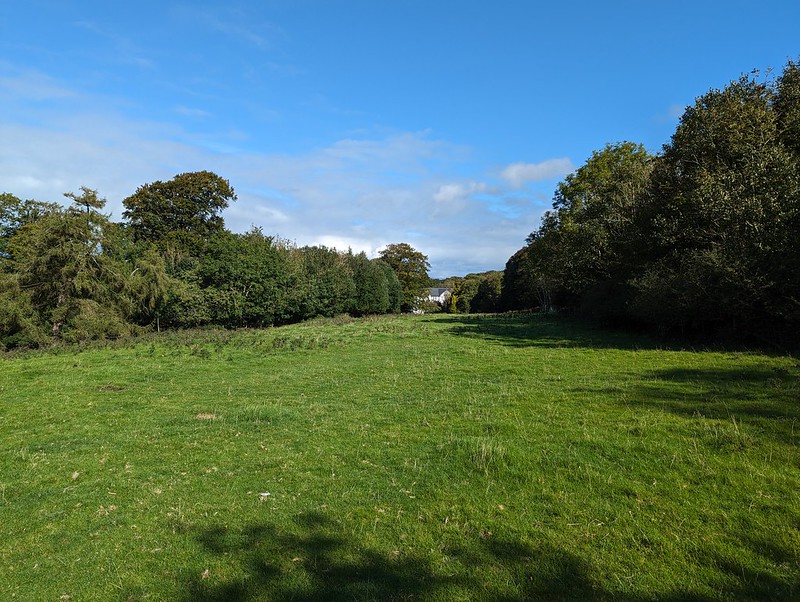
She took me to Heald Brow with a hand drawn map she’d been given by a colleague.

The map showed the location of…
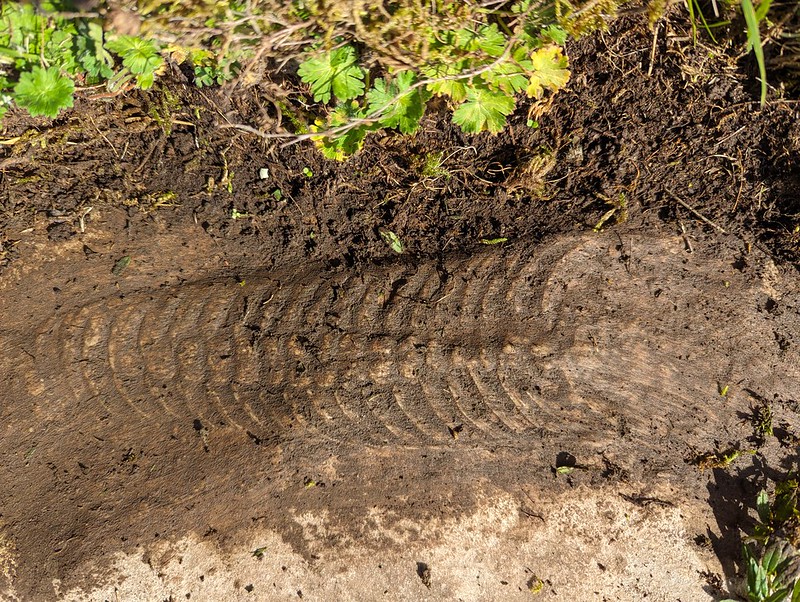
I’ve heard about this impressive fossil a few times from friends in the village, but have never actually managed to find it. With the aid of TBH’s map, we found it this time almost immediately. It’s hard to spot because it’s generally covered with a piece of turf which you’re supposed to replace, although I’m not sure why.
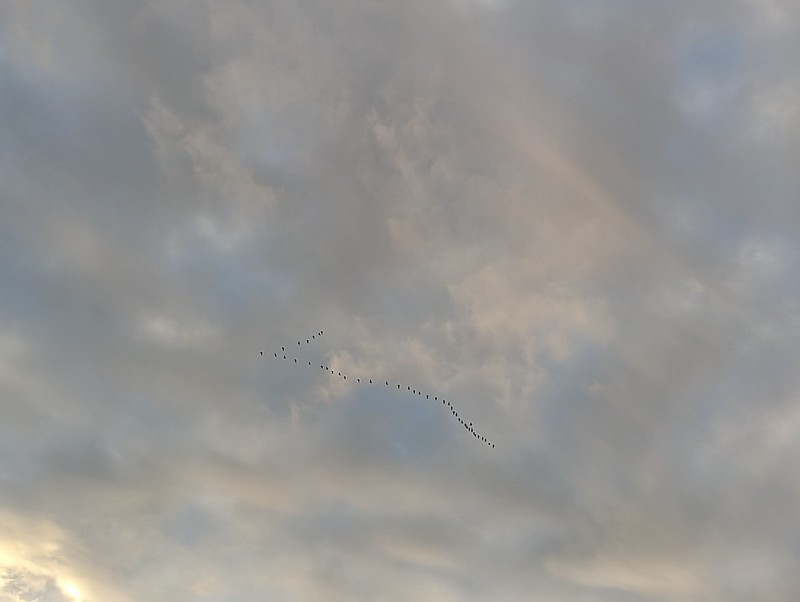

Later, I was out again for a wander to the Cove and across the Lots.
After years of not putting out food for the birds because our cats were a bit too interested, we’ve now realised that our one remaining cat is too old, fat and slow (I sympathise) to do any harm anymore. I snaffled a number of feeders from my parents a while ago and since TBH strung them all up (the feeders, not my parents!) from the Silver Birch by our kitchen window they have been giving me a great deal of pleasure ever since.
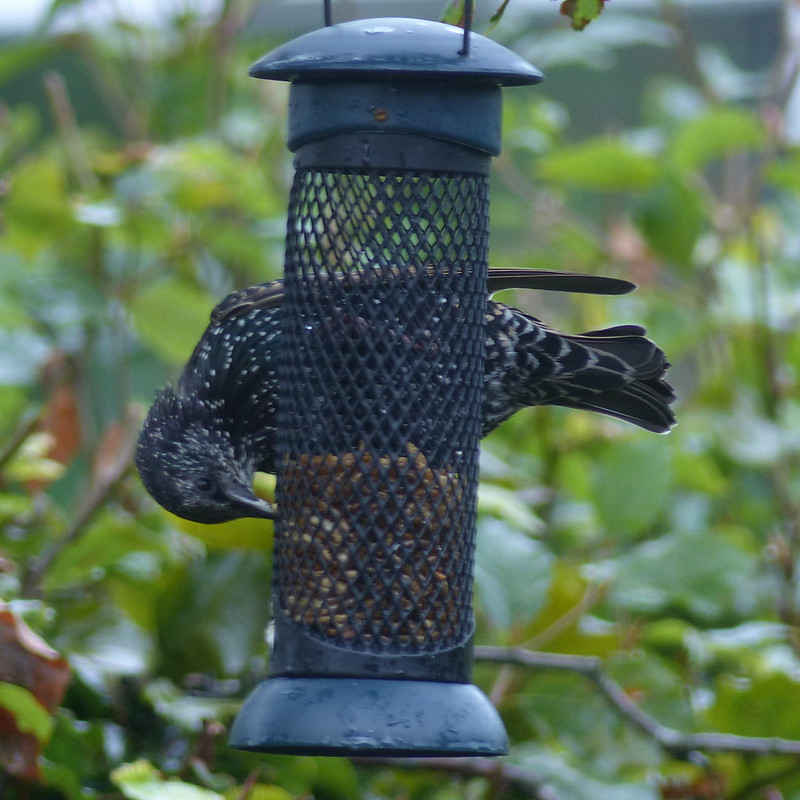

Expect a lot more photos of our very varied visitors as I catch-up (ho ho) with the intervening six-months or so.
